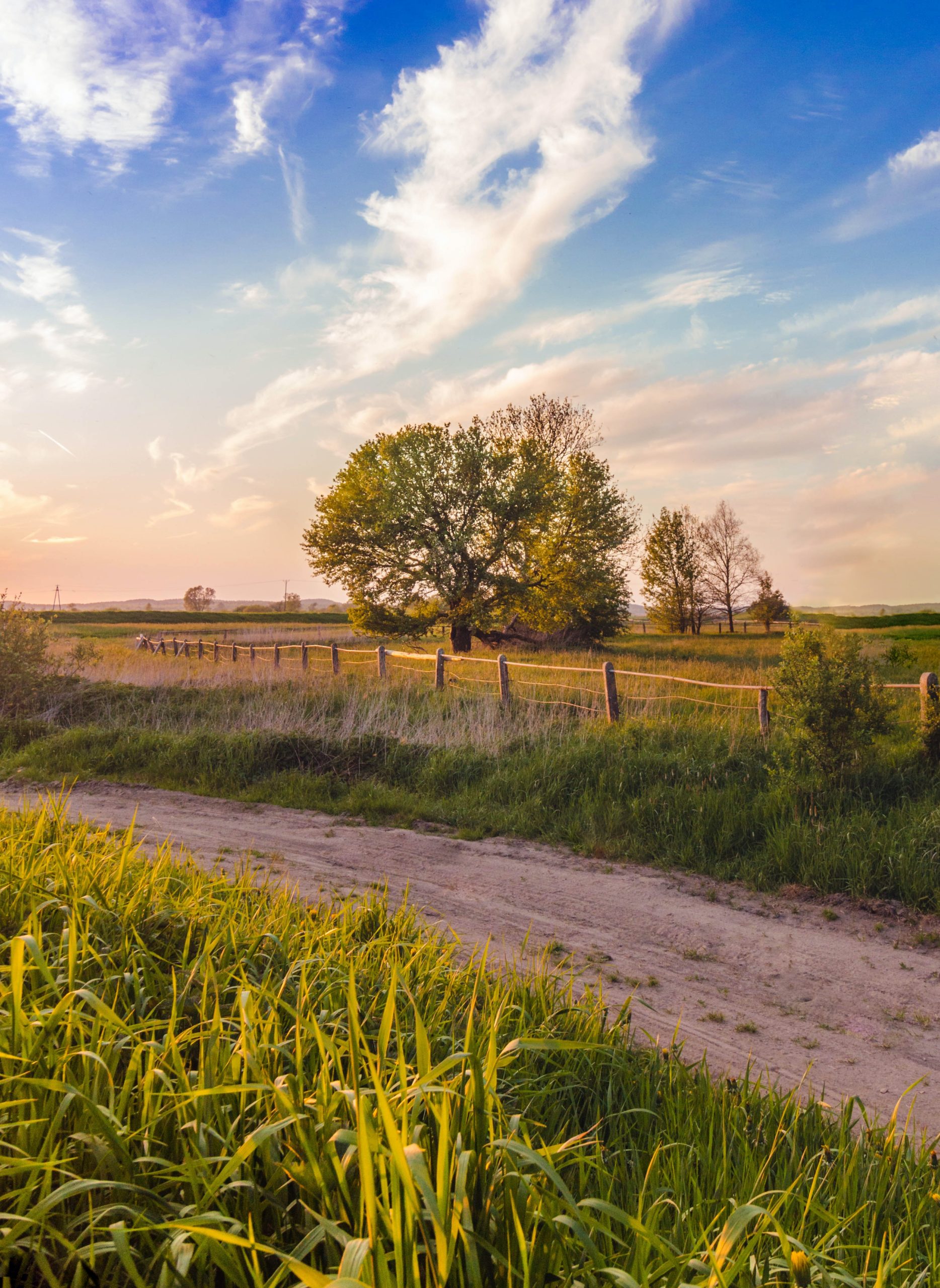According to the U.S. Census Bureau, one in five people who are 65+ live in rural communities. Some have lived there all their lives, but many have recently chosen to leave their urban homes in search of a lower cost of living, less traffic, etc. COVID also helped convince a few older adults that living in close proximity to their urban neighbors is not always a good thing.
As this older rural population ages, getting the care they need will become more important — and more difficult to find. If you are looking to provide caregiving assistance to an older loved one in a remote location, you’re probably familiar with the challenges:
Transportation options are limited. For older adults who can’t or don’t drive, easy access to transportation options such as train, bus, rideshare, taxi, etc. allows them to remain independent and self-reliant. That is why living in a remote setting, away from the convenience of urban transit, can be problematic. These options aren’t readily available.
Access to quality health care is diminished. According to a recent study, a growing number of rural hospitals in the U.S. are vulnerable to closure. That means that rural residents’ access to quality health care is also at risk. Older adults in rural communities will need to drive longer distances to visit doctors and keep up with routine screenings and procedures. It may also mean more reliance on telehealth technology and tools.
Social isolation is more prevalent. We frequently talk about the benefits of aging in place, but there is a concern that it also can lead to more isolation among older adults. In rural communities, where neighbors are farther apart, that concern is compounded.
Technology tools, training, and internet bandwidth are limited. If rural elders have to rely more on telehealth options to connect with health care providers and online communication tools to visit with friends and family, caregivers may be called upon to address their loved one’s lack of technology devices, skills, and bandwidth.
Home services and repairs are unreliable. In large urban areas, the number of home service providers is plentiful, as are pricing options, specific specialties, and skill levels. With fewer potential customers in rural areas, service options may be more limited.
The good news is that helpful resources exist, but vary from community to community:
Faith communities. Churches, synagogues, etc. typically offer activities and support services for their older congregants. They may have a built-in trust factor, too, because the people who run the programs and the people who participate may already be established friends. Some facilities even offer adult day care services, which is the perfect respite for family caregivers.
Nonprofit organizations. Volunteers and nonprofit organizations can be life-savers in the absence of traditional service providers. For example, “drive a senior” services are usually free and can be reserved via phone. These services require advance notice and serve specific geographic locations with specific boundaries.
Volunteer service network. Neighbors and community members will often volunteer their time and talent to help older adults. Neighbors-helping-neighbors activities could include errands, meal preparation/delivery and small household projects.
Community leadership. Whether the community has a mayor, village head or city council, government leaders usually have knowledge and insight about local, state, and federal resources for older adults.
If you already live in close proximity to the care recipient, it may be easier for you to check in periodically to see firsthand exactly what is needed and when. You also might have an understanding of available resources in your area. If, however, you live miles away, exploring options takes a little more time, but online research and communication can lead to some very valuable support solutions.




